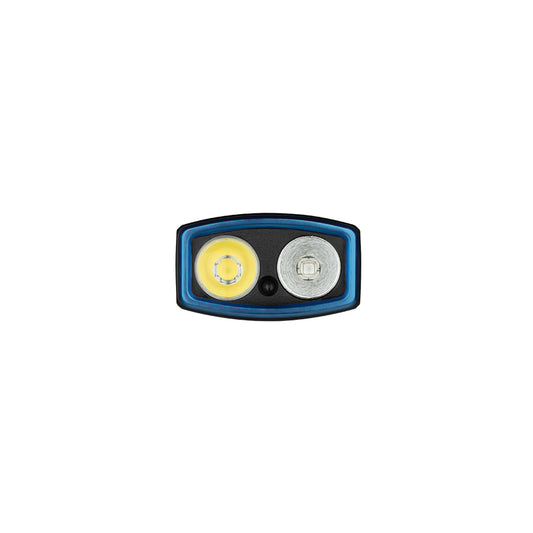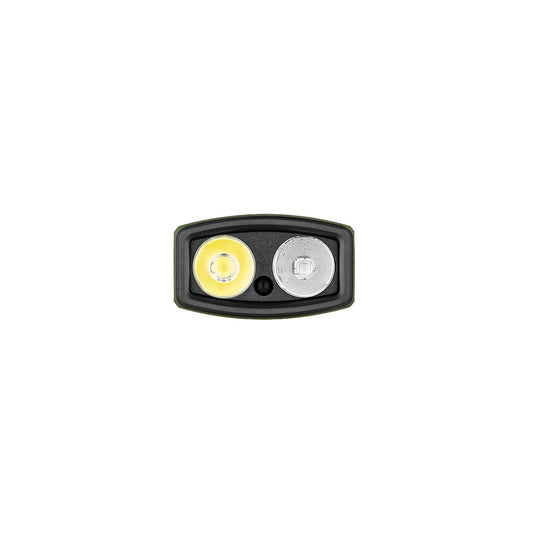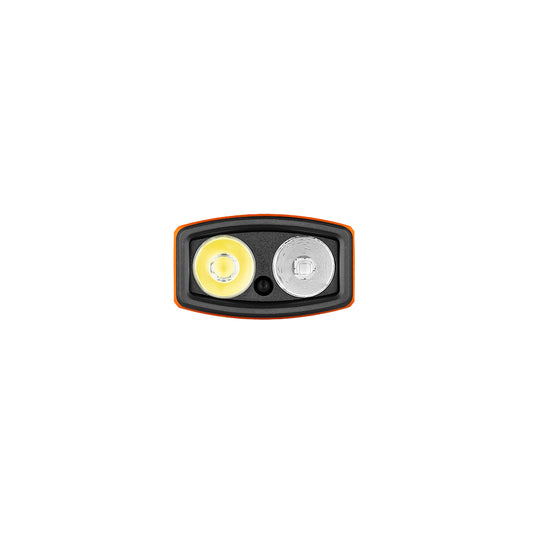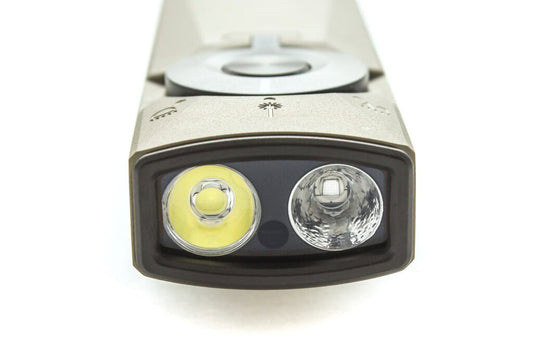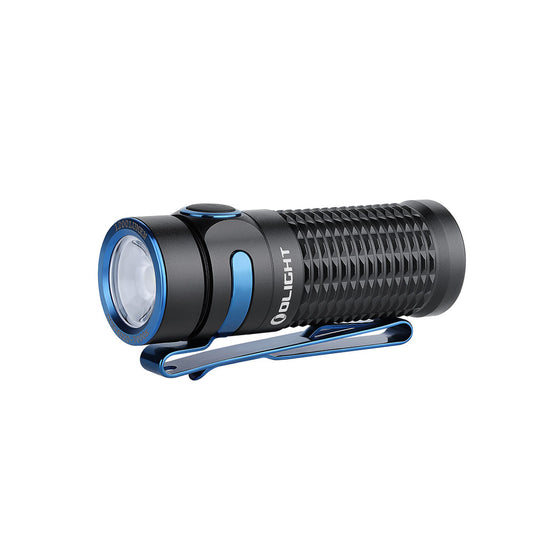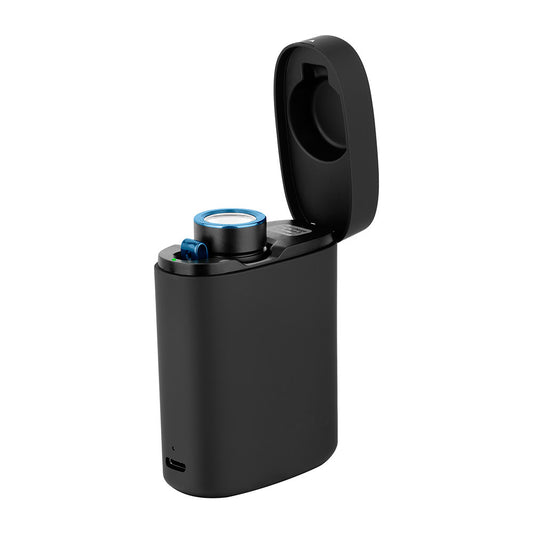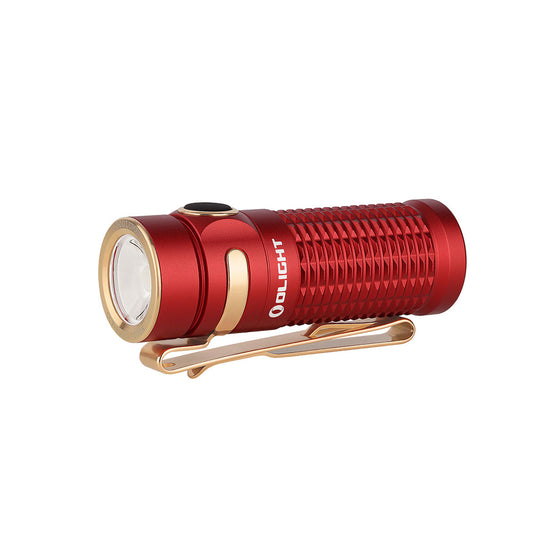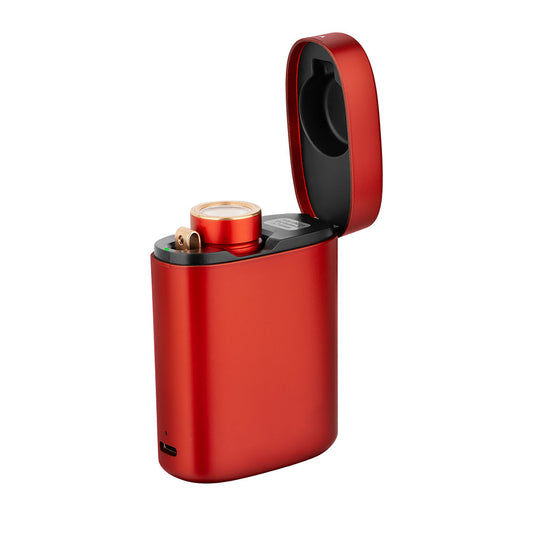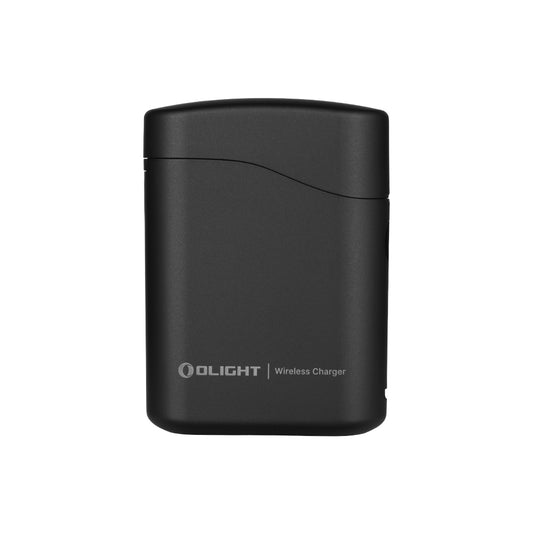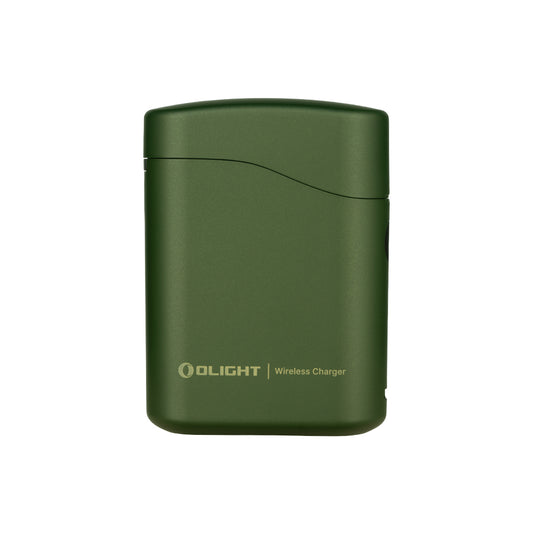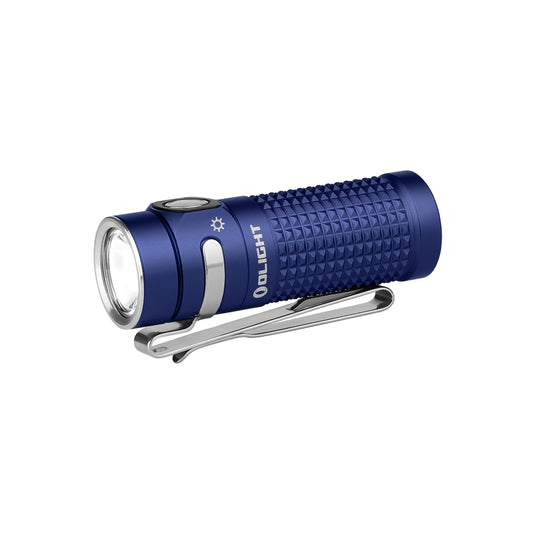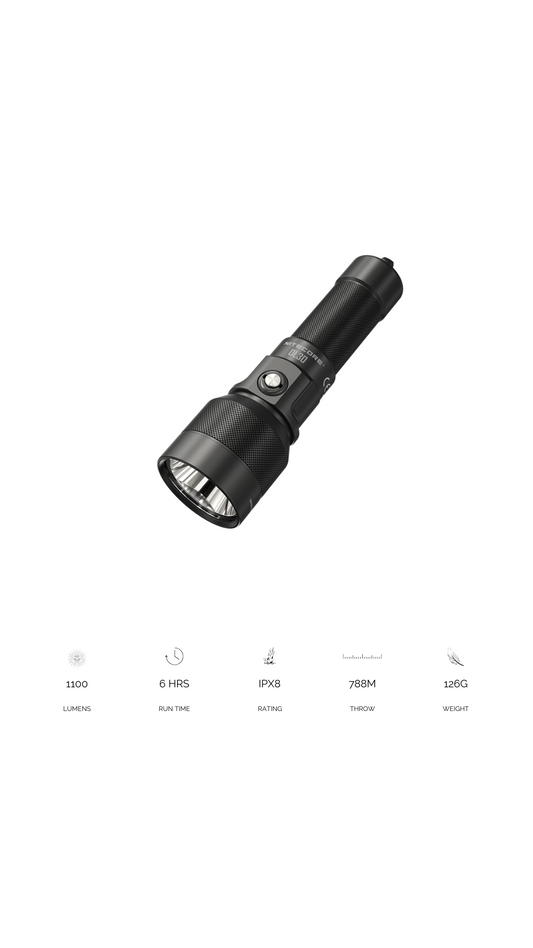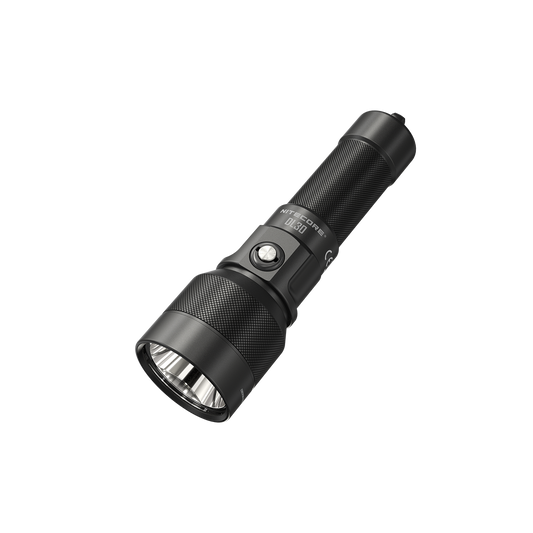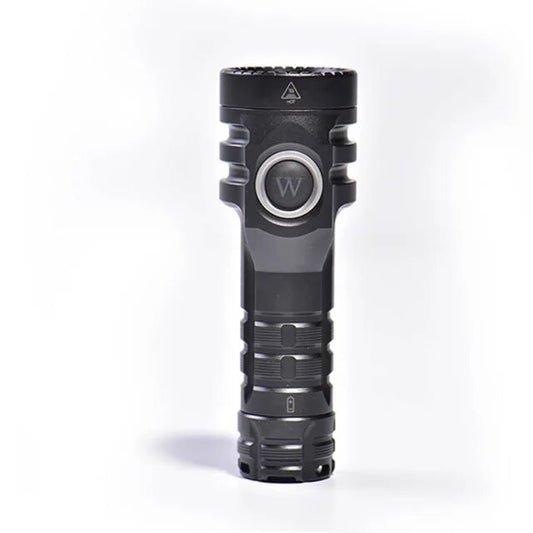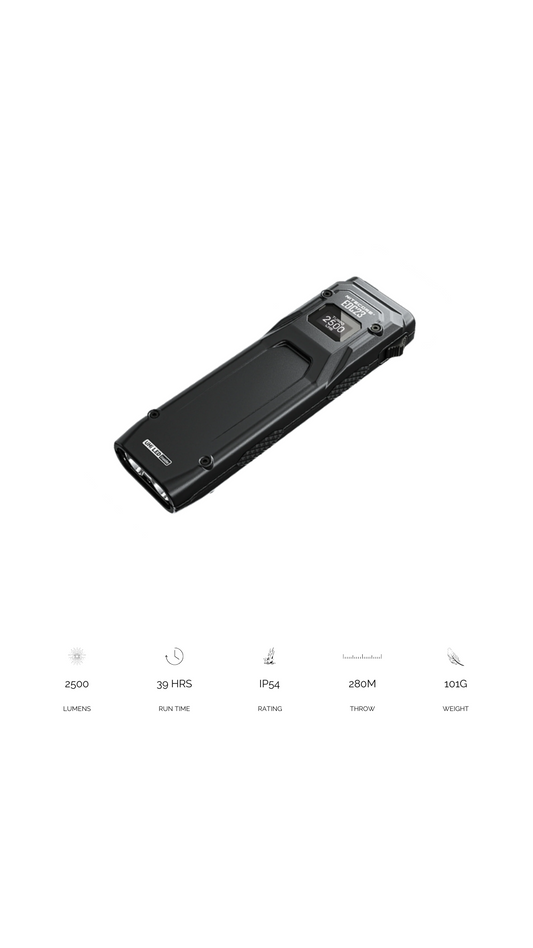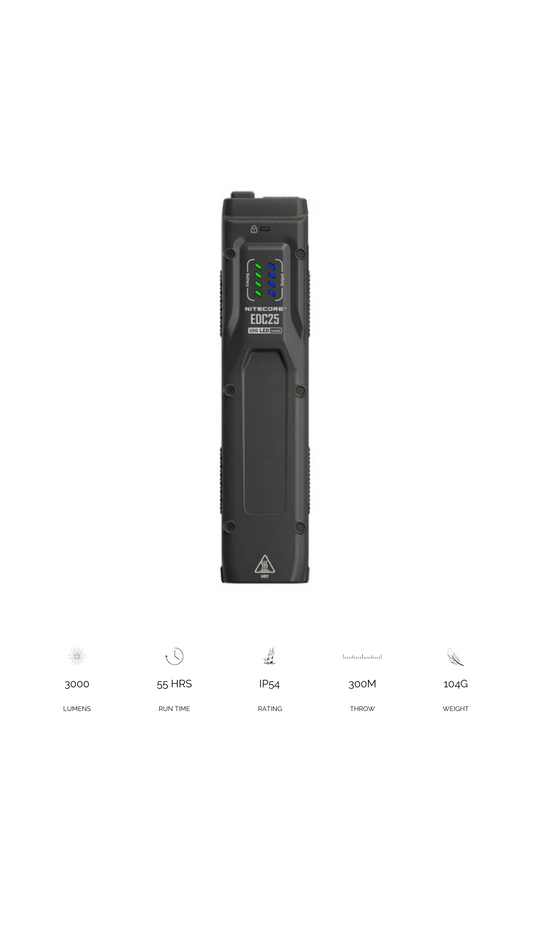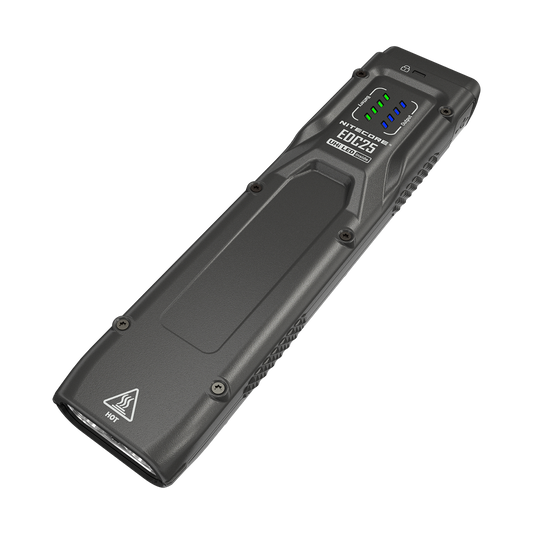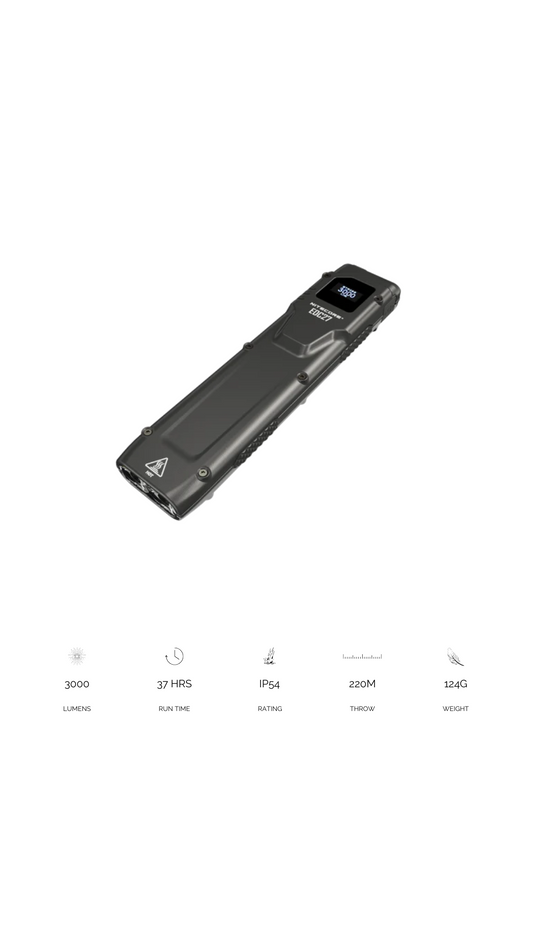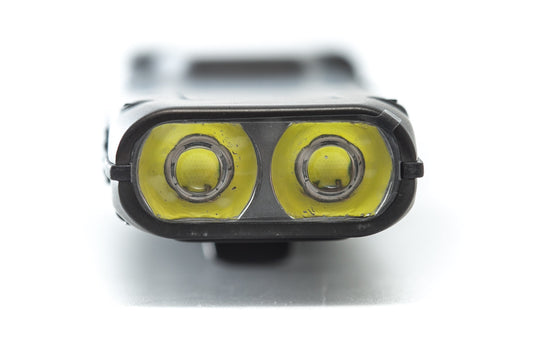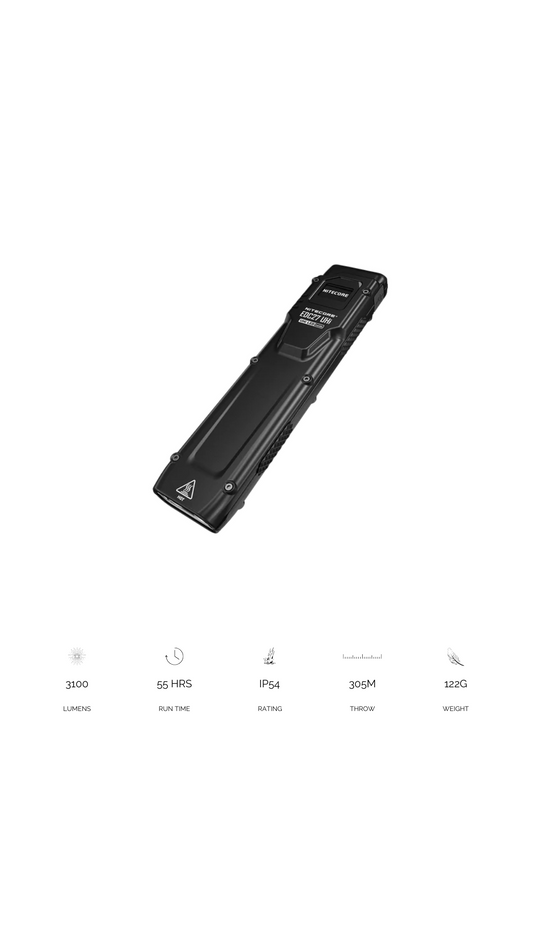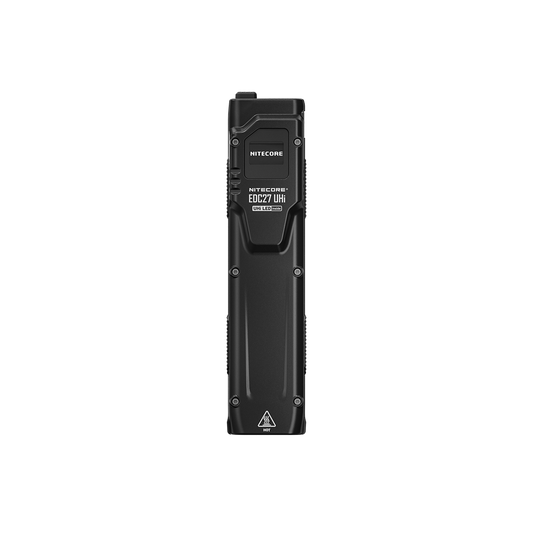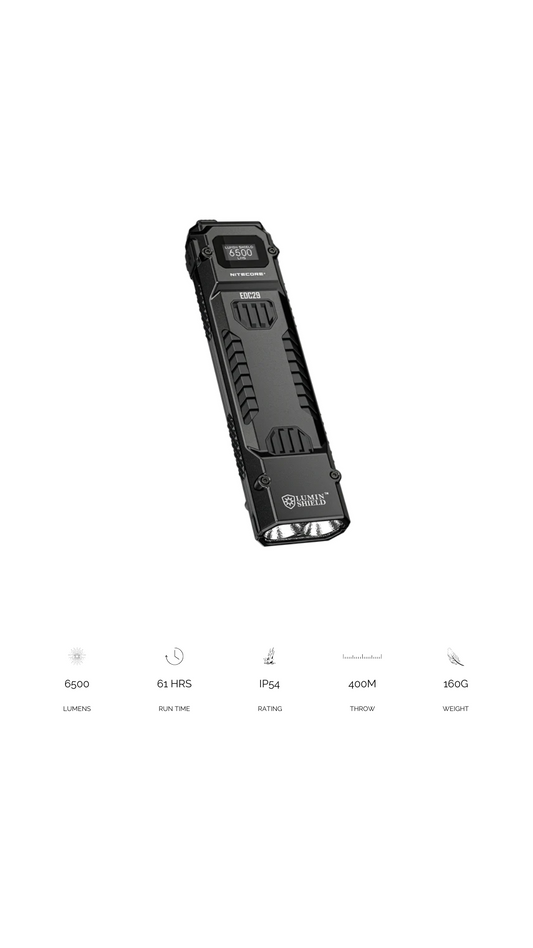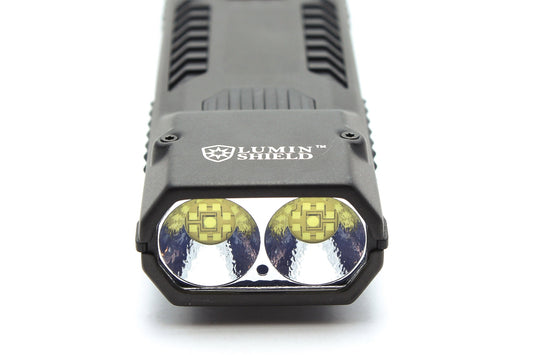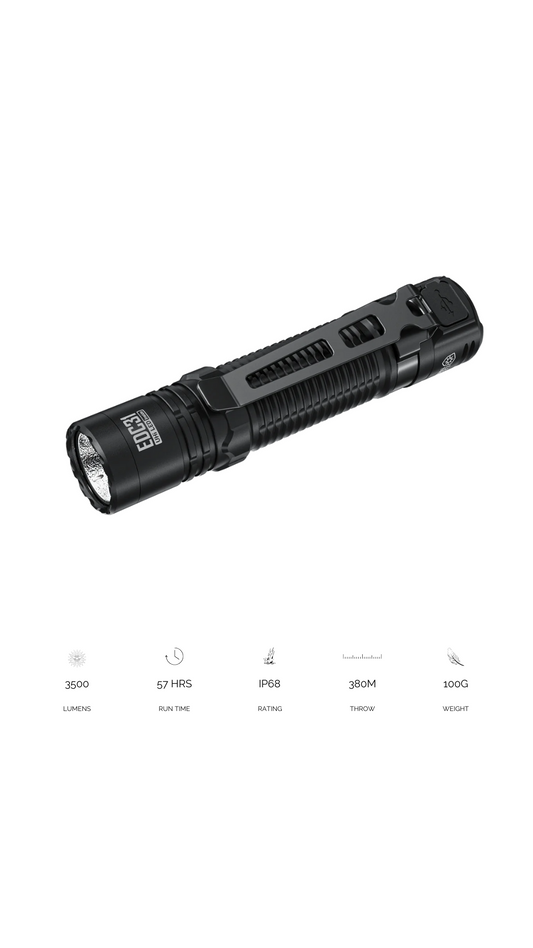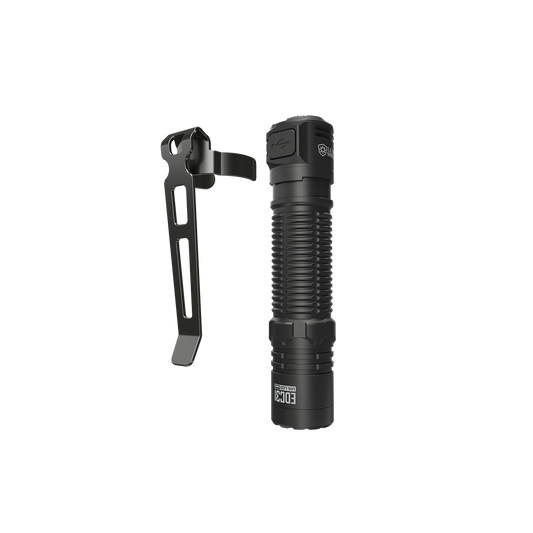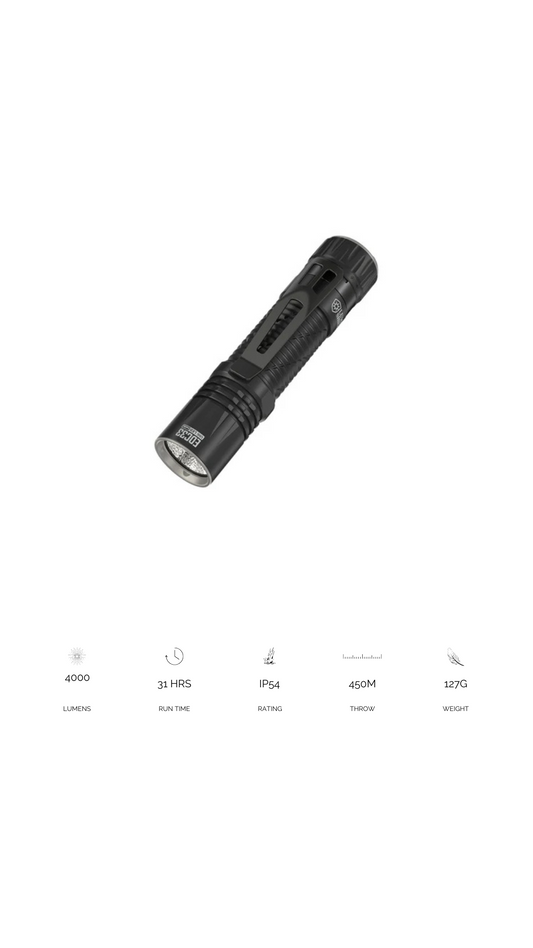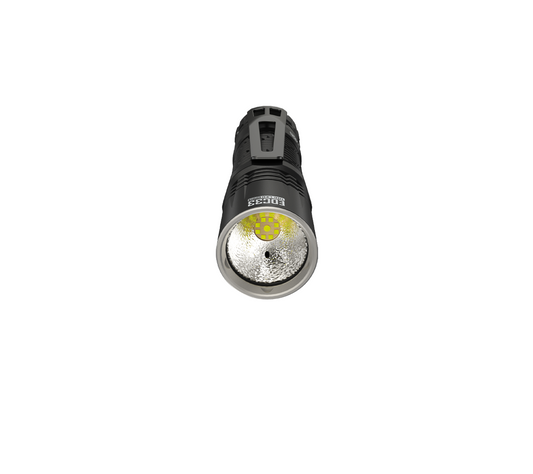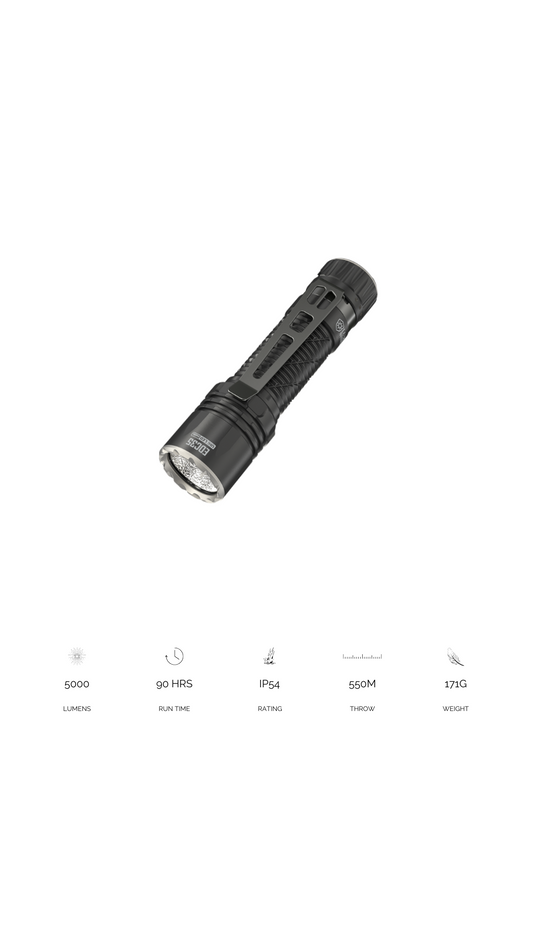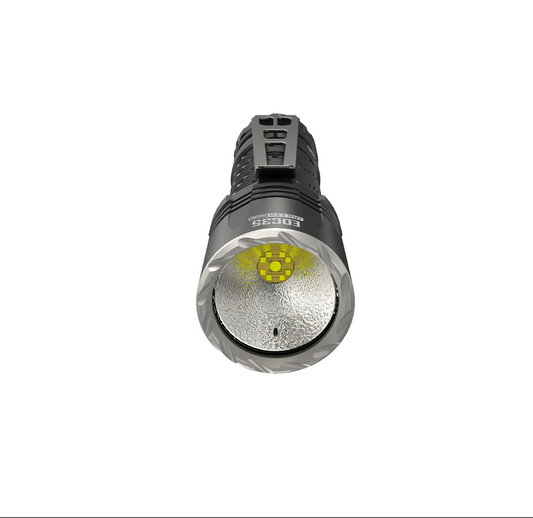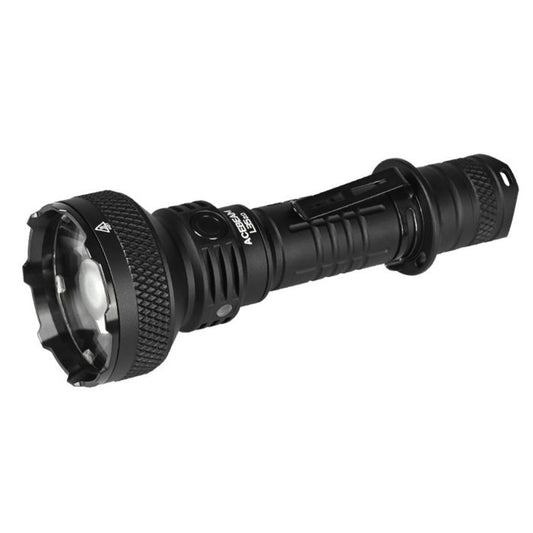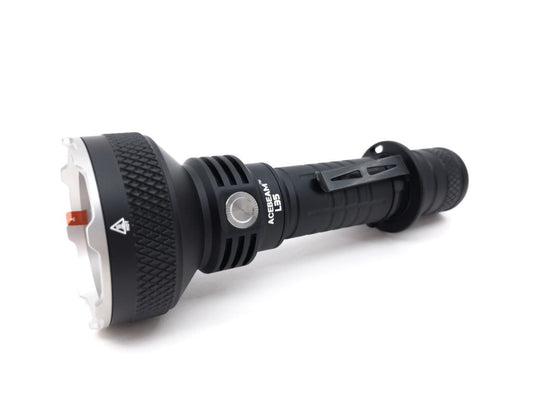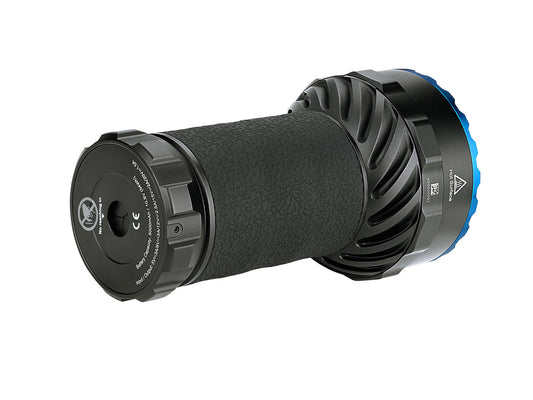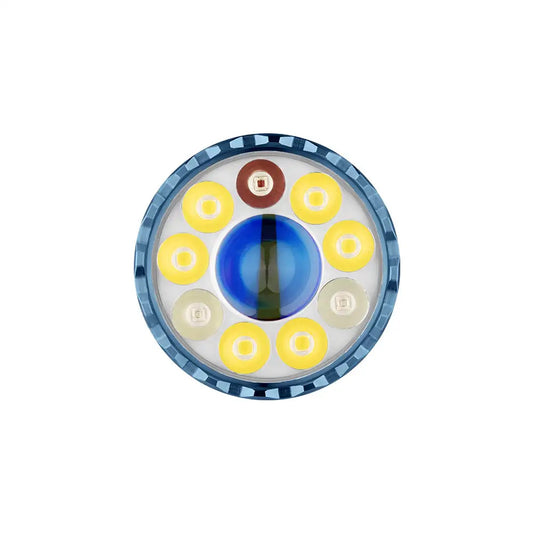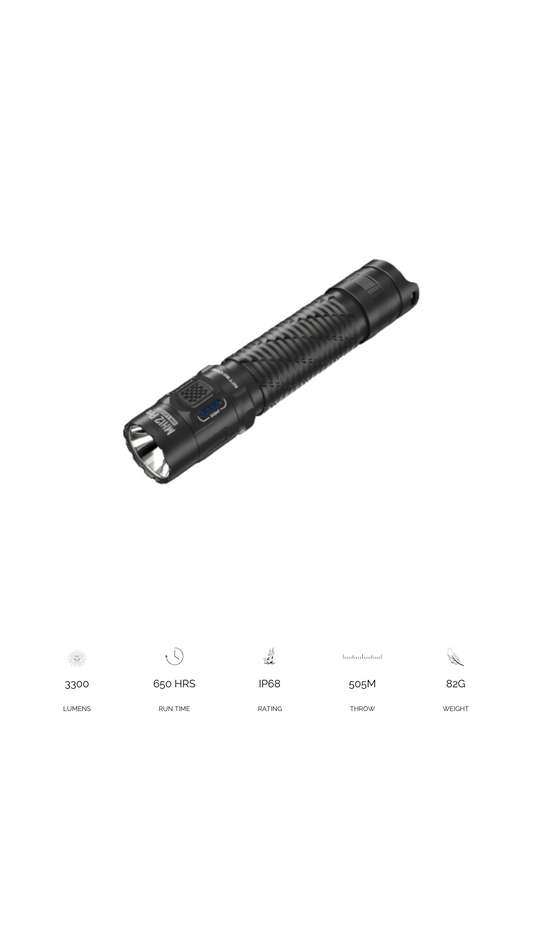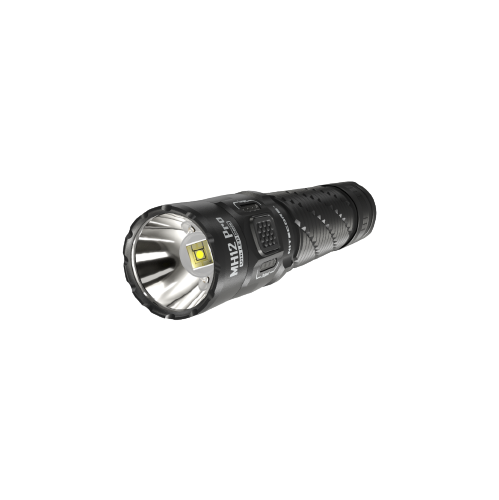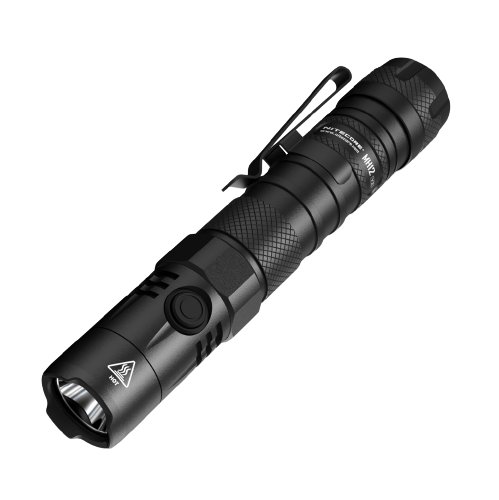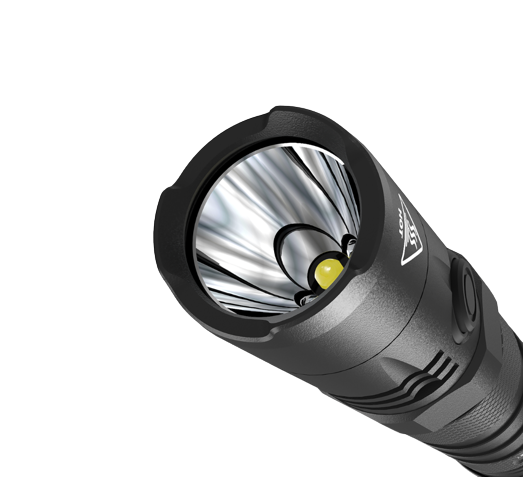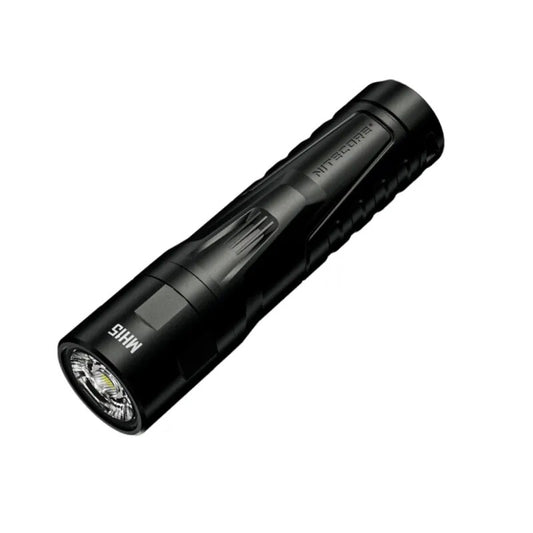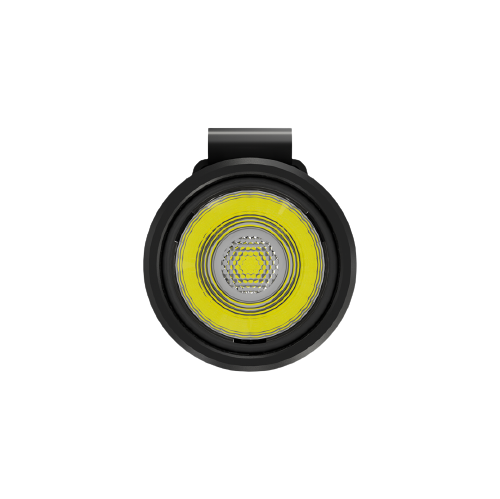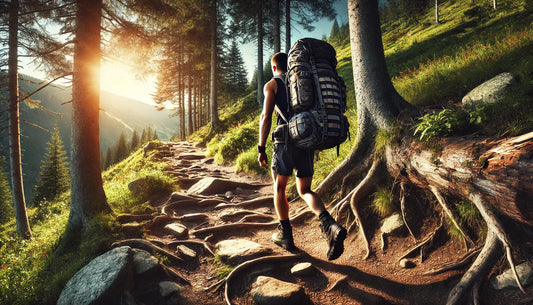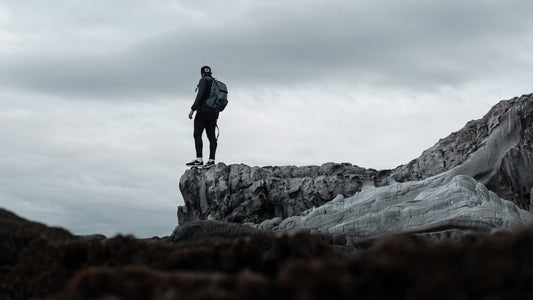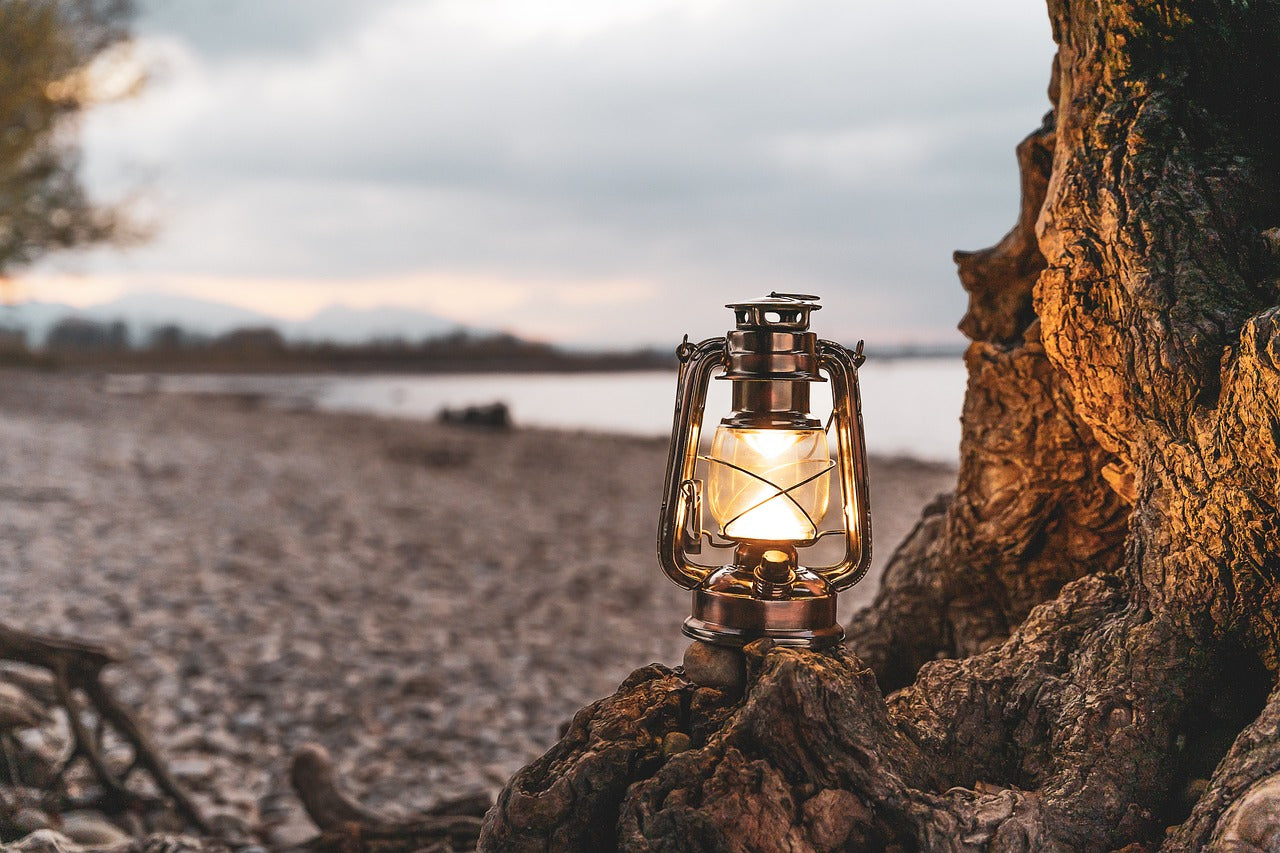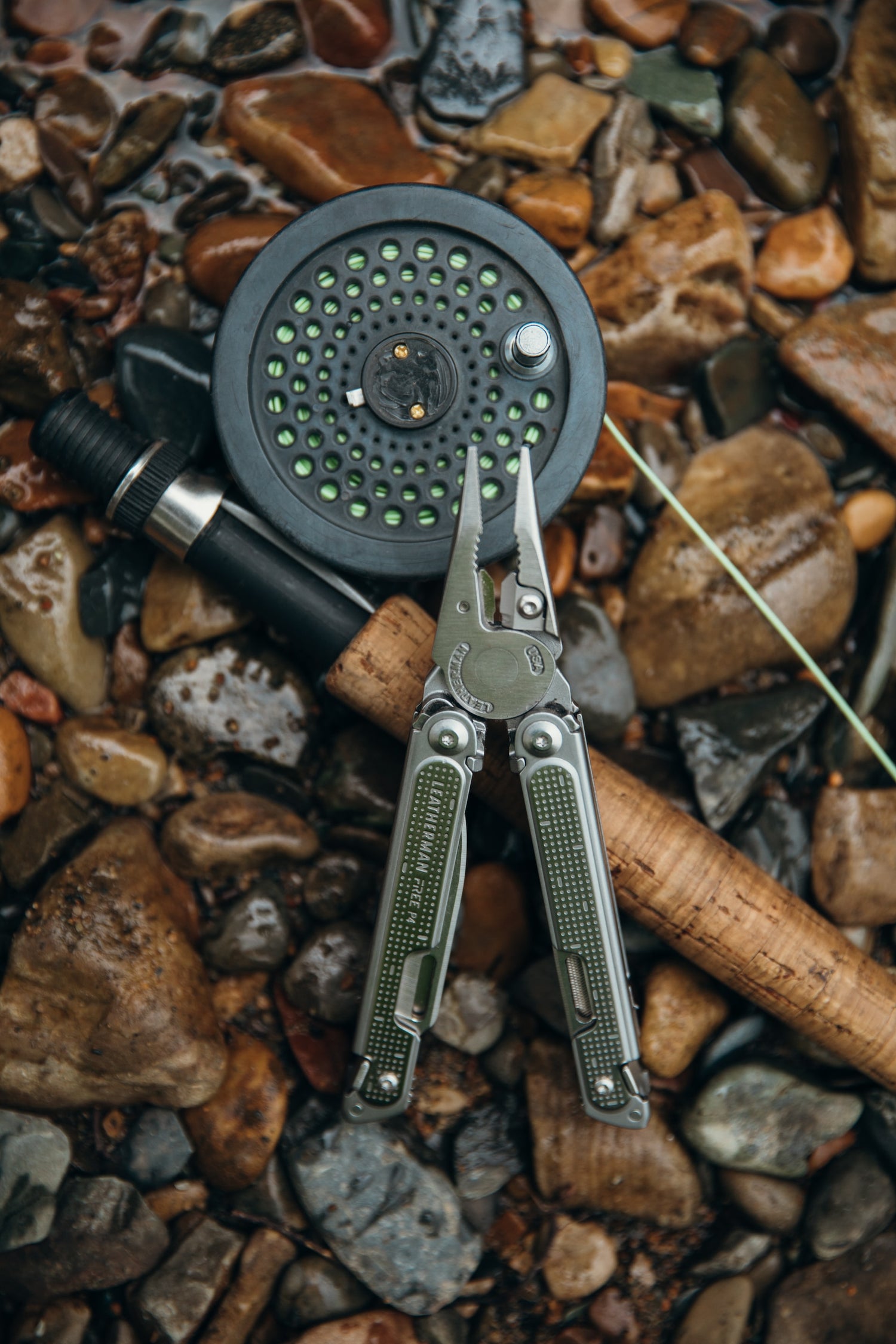
Be Prepared for the Bumps: Must-Haves for Your EDC First-Aid Kit
Building a comprehensive EDC First-Aid Kit for Daily Adventures
Life's a journey, and sometimes that journey takes an unexpected turn – a tumble on the sidewalk, a surprise encounter with a rogue thorn bush, or a sudden allergic reaction. Being prepared for these minor mishaps can make all the difference between a frustrating detour and a smooth continuation of your day. That's where a well-stocked Everyday Carry (EDC) first-aid kit comes in.
This handy companion ensures you're never caught off guard by minor emergencies. Let's delve into the essential components of a comprehensive EDC first-aid kit, categorized for easy assembly and customization:
The Bandage Brigade: Staunch the Flow and Shield the Wound
- Band-aids: Stock up on a variety of shapes, sizes, and types to address different wound needs. Here's a breakdown to consider:
- Adhesive bandages: These are your go-to for minor cuts, scrapes, and blisters. Choose from fun prints for children or opt for clear bandages for discreet coverage.
- Knuckle bandages: Specifically designed for cuts and scrapes on fingers and knuckles, these stay put comfortably thanks to their wraparound design.
- Waterproof bandages: Essential for outdoor enthusiasts or anyone prone to sweaty palms. These create a barrier against moisture, protecting the wound and promoting healing.
- Fabric or mesh bandages: These breathable options are ideal for larger wounds or areas that need more flexibility. They conform easily to body contours and are less likely to irritate sensitive skin.
- Sterile Gauze Pads: These come in various sizes and are vital for applying direct pressure to control bleeding and cleaning wounds. Opt for non-stick gauze to prevent painful removal from the wound, especially in delicate areas. Consider including compressed gauze pads for situations where a compact size is important.
- Stretch Gauze Roll: A must-have for sprains, strains, and securing bulky dressings. Choose a comfortable, breathable material like cotton for extended wear. Look for rolls with self-adhering properties to eliminate the need for tape, simplifying application.
- Butterfly Closures: These ingenious medical staples help close larger cuts and lacerations effectively. While not a substitute for professional medical attention, they can minimize bleeding and promote healing by bringing the edges of the wound together. Remember: Butterfly closures require some practice to use effectively.
Here's a quick video example what what you might want to have in your kit.
ONE THING TO NOTE: Of course you should do you're own homework on what you need to carry. All of us face different situations on a daily. Perhaps you need multiple kits. 1 for your vehicle, 1 for you Bag and 1 even for the sport you play. Think about that MTB trail you regular. How many people in your crew carry a kit? It's like insurance. Better to have it then not.
Cleaning and Comfort Crew: Soothe the Sting and Prevent Infection
- Medical Tape: Look for a strong, breathable medical tape like Mefix to secure bandages and dressings securely. Avoid using duct tape, as it can irritate the skin and be painful to remove. Consider including a roll of elastic wrap for additional support for sprains or strains.
- Triple Antibiotic Ointment is a staple for preventing infection in minor scrapes and wounds. If needed, choose an ointment suitable for sensitive skin. Some ointments come in single-use packets for on-the-go convenience.
- Alcohol Prep Pads: These single-use pads are ideal for cleaning wounds and disinfecting tweezers or scissors before use. Opt for individually wrapped pads for on-the-go convenience. Consider alcohol-free cleansing wipes for those with sensitive skin.
Pain Relief Posse: Tame the Ouchies
- Over-the-counter pain relievers: Individually wrapped doses of pain relievers like ibuprofen or acetaminophen can provide much-needed relief for headaches, muscle aches, and minor injuries. Consider including a milder option like paracetamol for those with aspirin sensitivities. Caution: Pain relievers should not be administered to children without consulting a pediatrician.
- Antihistamines: Antihistamines can reduce itching, swelling, and discomfort caused by allergic reactions, insect bites, or stings. Choose a non-drowsy formula if you need to stay alert, especially when driving or operating machinery. Remember: Antihistamines can interact with other medications, so consult your doctor if you have any pre-existing conditions.
- Anti-diarrheal medication: Let's face it, unexpected stomach woes can strike anywhere. Including a single-dose pack of anti-diarrheal medicines can be a lifesaver. Caution: Anti-diarrheal medication should not be used for long periods without consulting a doctor.
Sharpshooters and Stealers: Extract the Unwanted
- Tweezers: A fine-tipped pair of tweezers is crucial for removing splinters, ticks, or thorns with precision. Look for angled tweezers for better grip and control, especially when dealing with awkward angles. Consider including a tick removal tool for safe and efficient tick removal.
Sharpshooters and Stealers: Extract the Unwanted
- Tick Removal Tool: In areas prone to ticks, including a specialized tick removal tool is crucial. These tools allow for safe and efficient tick removal, minimizing the risk of infection or leaving behind mouthparts that can irritate. Look for a tick removal tool with a variety of sized hooks to accommodate different tick sizes. Remember, never squeeze a tick with your fingers, as this can rupture its body and increase the risk of infection.
Bonus Companions: Enhance Your Preparedness
- Reusable Cold Compress: A reusable cold compress can be a lifesaver for reducing pain and swelling from minor injuries like sprains, strains, or insect bites. Choose a compress made from a durable, flexible material that can be easily activated by microwaving or freezing. Consider a cold compress with a strap or sleeve for hands-free application, which is especially helpful when dealing with injuries on your own.
Additional Considerations:
- Emergency Blanket: An emergency blanket, also known as a space blanket, can help retain body heat in case of hypothermia or during cold weather emergencies. Choose a compact, lightweight blanket that can be easily stored in your EDC kit.
- CPR Instructions: While a first-aid kit won't replace proper CPR training, including a laminated CPR cheat sheet can provide valuable guidance in case of a cardiac emergency. Look for a CPR chart that outlines the steps for adults, children, and infants.
- Medications (Continued): When considering including medicines in your kit, consult your doctor about single-dose options for:
- Antihistamines for severe allergic reactions.
- Inhalers for those with asthma.
- EpiPens for individuals with severe allergies.
Remember: This list provides a foundation for building a comprehensive EDC first-aid kit. Always prioritize your specific needs and consult a medical professional for guidance on medications or if you have any questions. With a well-stocked kit and a little preparation, you can be ready to face minor emergencies with confidence.



